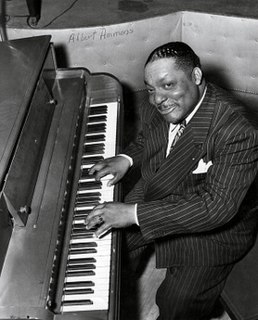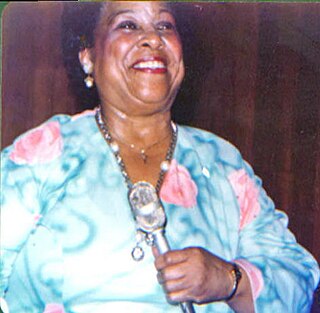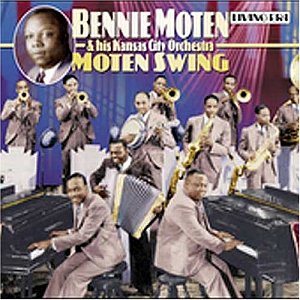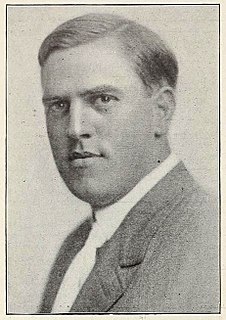Jammin' the Blues is a 1944 American short film in which several prominent jazz musicians got together for a rare filmed jam session. It features Lester Young, Red Callender, Harry Edison, Marlowe Morris, Sid Catlett, Barney Kessel, Jo Jones, John Simmons, Illinois Jacquet, Marie Bryant, Archie Savage and Garland Finney. Barney Kessel is the only white musician in the film. He was seated in the shadows to shade his skin.
Carlos Wesley "Don" Byas was an American jazz tenor saxophonist, most associated with bebop. He played with Count Basie, Duke Ellington, Art Blakey, and Dizzy Gillespie, among others, and also led his own band. He lived in Europe for the last 26 years of his life.
The 5th Annual Grammy Awards were held on May 15, 1963, at Chicago, Los Angeles and New York City. They recognized accomplishments by musicians for the year 1962. Tony Bennet and Igor Stravinsky each won 3 awards.

Harry "The Hipster" Gibson was a jazz pianist, singer, and songwriter. Gibson played New York style stride piano and boogie woogie while singing in a wild, unrestrained style. His music career began in the late 1920s, when as the young Harry Raab, his birth name, he played stride piano in Dixieland jazz bands in Harlem. He continued to perform there throughout the 1930s, adding the barrelhouse boogie of the time to his repertoire, and was discovered by Fats Waller in 1939 and brought down to mid-town Manhattan, where he made a splash and changed his surname to Gibson. Between 1939 and 1945, he played at Manhattan jazz clubs on 52nd Street, most notably the Three Deuces, run by Irving Alexander, and Leon and Eddie's run by Leon Enkin and Eddie Davis.

Albert Clifton Ammons was an American pianist and player of boogie-woogie, a bluesy jazz style popular from the late 1930s to the mid-1940s.

African-American music is an umbrella term covering a diverse range of music and musical genres largely developed by African Americans. Their origins are in musical forms that arose out of the historical condition of slavery that characterized the lives of African Americans prior to the American Civil War.

Helen Humes was an American jazz and blues singer.
James Robert Forrest Jr. was an American jazz musician, who played tenor saxophone throughout his career.

Lucky Peterson is an American musician who plays contemporary blues, fusing soul, R&B, gospel and rock and roll. He plays guitar and keyboards. Music journalist Tony Russell, in his book The Blues - From Robert Johnson to Robert Cray has said, "he may be the only blues musician to have had national television exposure in short pants."

Margaret Bell is a Scottish rock vocalist.

Birdland is a jazz club started in New York City on December 15, 1949. The original Birdland, which was located at 1678 Broadway, just north of West 52nd Street in Manhattan, was closed in 1965 due to increased rents, but it re-opened for one night in 1979. A revival began in 1986 with the opening of the second nightclub by the same name that is now located in Manhattan's Theater District, not far from the original nightclub's location. The current location is in the same building as the previous New York Observer headquarters.

Basie Jam is a 1973 studio album by Count Basie. This was Basie's first album with Norman Granz' newly founded Pablo Records.

Joe Henderson in Japan is a live album by American saxophonist Joe Henderson, released on Milestone Records in 1971. In the early 1970s jazz was not enjoying an explosion of popularity in the land of its birth. In Japan, the story was different. The country's jazz listeners came to the music full of appreciation that grows from deep knowledge, and they knew Joe Henderson. No young modern jazz player had created more excitement and interest in Japan. When he arrived for an engagement in Tokyo at a club with the piquant name Junk Club, anticipation was running high. Joining a local rhythm section, he rewarded his fans with some of the most inspired performances of his career. According to the jazz historian Bill Kirchner:

Detroit, Michigan is a major center in the United States for the creation and performance of music, and is the birthplace of the musical subgenres known as “The Motown Sound" and Techno.

"Moten Swing" is a 1932 jazz standard by Bennie Moten and his Kansas City Orchestra. It was an important jazz standard in the move towards a freer form of orchestral jazz and the development of Swing music. Moten and his Orchestra, which included Count Basie on piano, achieved much success with it, although the song is most associated with Basie's Count Basie Orchestra, who recorded it in 1940.

Harry A. Yerkes was a marimba player, inventor, and recording manager who assembled many recording sessions in the early years of jazz. Many of the sessions organized by Yerkes used his name for the artist credit, including Yerkes' Jazarimba Orchestra and Yerkes' Marimbaphone Band on Columbia Records, which are estimated to have some of the best selling records of 1919 and 1921.













